
Fluvial Depositional Landforms | Types of Deltas
Subscribe to Never Miss an Important Update! Assured Discounts on New Products!
Must Join PMF IAS Telegram Channel & PMF IAS History Telegram Channel
Last updated on April 26, 2024 11:37 PM
Fluvial Depositional Landforms are landforms created by the depositional activity of rivers.
Landforms and Cycle of Erosion
Fluvial landforms and Cycle of Erosion – Erosional Landforms [Previous Post: Fluvial Erosional Landforms – Drainage Patterns – River Valley] and Depositional Landforms [This Post].
- Glacial landforms and Cycle of Erosion
- Marine landforms and Cycle of Erosion
- Arid landforms and Cycle of Erosion
- Karst landforms and Cycle of Erosion
Fluvial Landforms and Cycle of Erosion
- The landforms created as a result of degradational action (erosion) or aggradational work (deposition) of running water are called fluvial landforms.
- The fluvial processes may be divided into three physical phases – erosion, transportation and deposition.
Fluvial Depositional Landforms
- The depositional action of a stream is influenced by stream velocity and the volume of river load.
- The decrease in stream velocity reduces the transporting power of the streams which are forced to leave some load to settle down.
- Increase in river load is effected through accelerated rate of erosion in the source catchment areas consequent upon deforestation.
- Various landforms resulting from fluvial deposition are as follows:
Alluvial Fans and Cones
- When a stream leaves the mountains and comes down to the plains, its velocity decreases due to a lower gradient.
- As a result, it sheds a lot of material, which it had been carrying from the mountains, at the foothills.
- This deposited material acquires a conical shape and appears as a series of continuous fans. These are called alluvial fans.
- Such fans appear throughout the Himalayan foothills in the north Indian plains.

Natural Levees
- These are narrow ridges of low height on both sides of a river, formed due to deposition action of the stream, appearing as natural embankments.
- These act as a natural protection against floods but a breach in a levee causes sudden floods in adjoining areas, as it happens in the case of the Hwang Ho river of China.
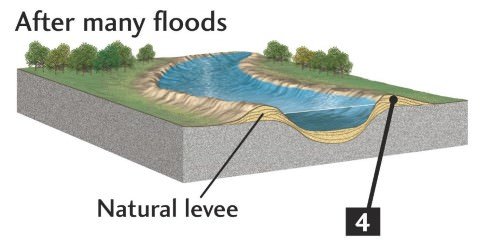
Delta
- A delta is a tract of alluvium at the mouth of a river where it deposits more material than can be carried away.
- The river gets divided into distributaries which may further divide and rejoin to form a network of channels.
A delta is formed by a combination of two processes:
- load-bearing capacity of a river is reduced as a result of the check to its speed as it enters a sea or lake, and
- clay particles carried in suspension in the river coagulate in the presence of salt water and are deposited.
- The finest particles are carried farthest to accumulate as bottom-set beds.
- Depending on the conditions under which they are formed, deltas can be of many types.

Arcuate or Fan-shaped
- This type of delta results when light depositions give rise to shallow, shifting distributaries and a general fan-shaped profile. Examples: Nile, Ganga, Indus.
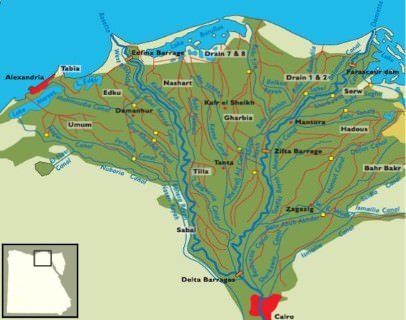
Bird’s Foot Delta
- This type of delta emerges when limestone sediment deposits do not allow downward seepage of water.
- The distributaries seem to be flowing over projections of these deposits which appear as a bird’s foot.
- The currents and tides are weak in such areas and the number of distributaries lesser as compared to an arcuate delta. Example: Mississippi river.
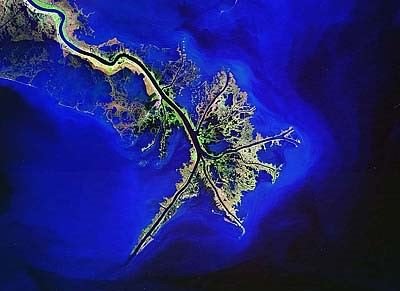
Estuaries
- Sometimes the mouth of the river appears to be submerged. This may be due to a drowned valley because of a rise in sea level.
- Here fresh water and the saline water get mixed. When the river starts ‘filling its mouth’ with sediments, mud bars, marshes and plains seem to be developing in it.
- These are ideal sites for fisheries, ports and industries because estuaries provide access to deep water, especially if protected from currents and tides. Example: Hudson estuary.
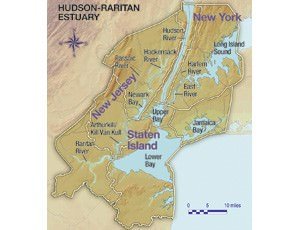
Cuspate Delta
- This is a pointed delta formed generally along strong coasts and is subjected to strong wave action. There are very few or no distributaries in a cuspate delta.
- Example: Tiber river on west coast of Italy.

Last updated on April 26, 2024 11:37 PM




![PMF IAS Environment for UPSC 2022-23 [paperback] PMF IAS [Nov 30, 2021]…](https://pmfias.b-cdn.net/wp-content/uploads/2024/04/pmfiasenvironmentforupsc2022-23paperbackpmfiasnov302021.jpg)
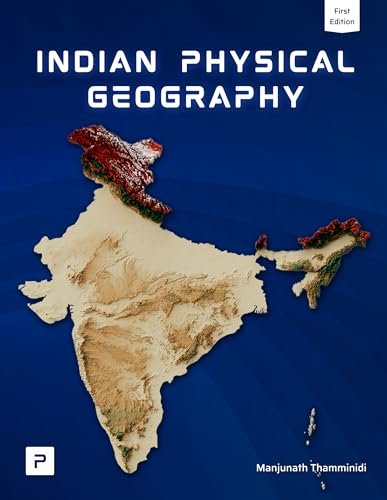
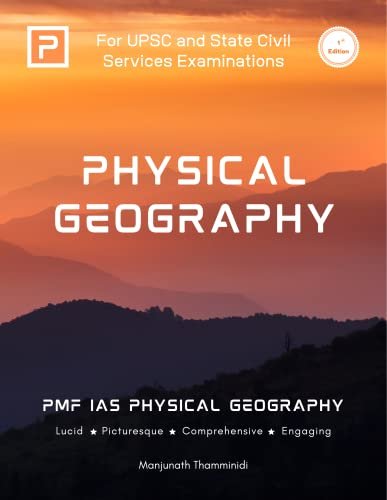
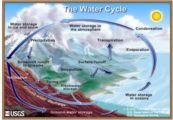
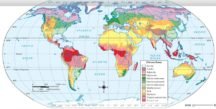
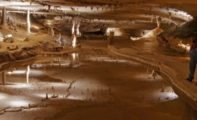
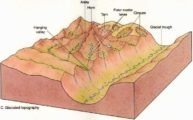
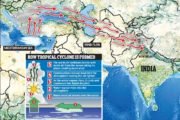
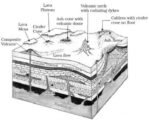

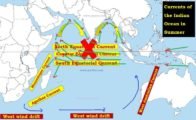




Hindi me please